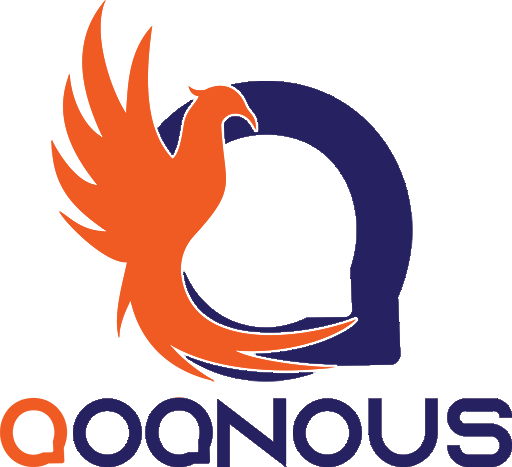Classification of currencies in the Iranian market in terms of price
Head of content
Currently, Iran has several types of currency with different prices, which include: free market currency, government currency and nominal currency. Each of these currencies has different uses. In the rest of the article, stay with Qoqnous Trading to review them.
What is currency allocation?
When a businessman intends to import goods to Iran, he must first refer to the Trade Development System and register his goods to make sure that the import is allowed and to find out the required permits. Also, while placing the order, we must specify the source of currency supply. In the comprehensive trade system, all tariff codes are categorized in order of priority. When you enter the tariff code of your desired product, you will be told what currency will be assigned to it. For basic and essential goods of the state currency, some goods are assigned a nominal currency, and other goods such as luxury goods must be imported with free currency.
The priority classification of goods for currency allocation is as follows.
Priority 1: Emphasizes more on the import of raw materials and basic goods, and currency is allocated at the rate of the central bank.
Priority 2: which is mostly for semi-finished materials and there is the possibility of allocating currency from Nima bank type and supply from Nima system or exporters’ currency return obligations.
Priority 3: The currency related to these goods is supplied by three methods: the Nima system’s currency allocation at an agreed rate, the use of currency from exports (small goods) and the use of free currency.
Priority 4: The import of group 4 goods is prohibited and it is not possible to allocate currency for them.
What is free currency?
Free currency is the same currency that is sold in exchanges or by brokers in the open market all over the country and is used for personal use or remittances abroad or importing goods. The free exchange rate changes daily and even minutely, and its value is determined based on political developments. In the past years, we have seen that based on the American sanctions against Iran, the free exchange rate has greatly increased and now it is bought and sold above 30 thousand tomans. It should be seen what measures the government will take to lower the free market exchange rate in the future.
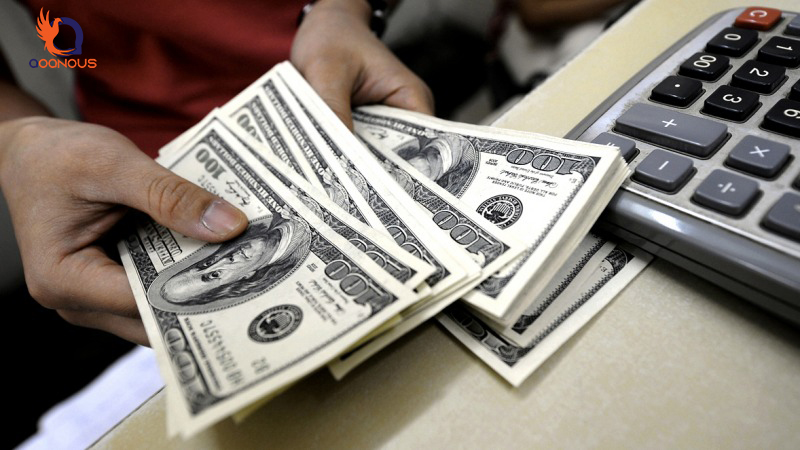

What is the government currency?
State currency is a currency that is offered by the government in the currency exchange center. With the increasing pressure from economic sanctions, the government currency became very important and the government was forced to pay the government currency in certain cases in order to reduce the costs imposed on the citizens. In the past few years, government currencies were allocated to things such as: education of students abroad, travel of government employees abroad, patients who need to be treated abroad, import of basic goods, import of raw materials, import of medicine and other goods. Over time, the allocation of government currency was prioritized and some cases were even deprived of receiving government currency.
As it was said, in the past years, the government currency was allocated to the import of essential goods such as the import of medicine, and the basis for the calculation of import duties and customs duties in the year 1400 was 4200 Toman dollars. But since the beginning of 1401, in order to cover the country’s budget deficit, in addition to the fact that the government currency was not assigned to the import of any goods, the basis for calculating import duties and customs duties was changed to the dollar rate of the ETS system, whose price is the average dollar rate of the free market.
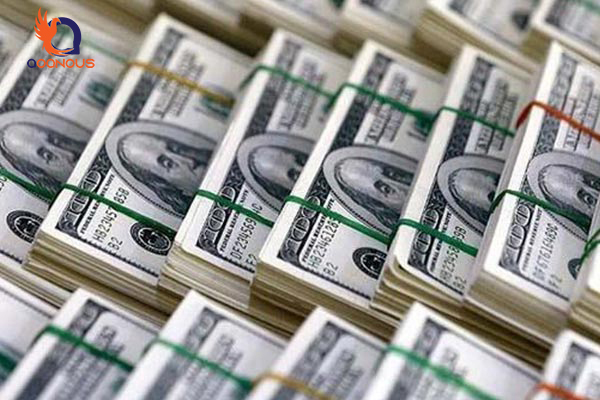

What is Nimai currency?
Nima is the Persian abbreviation of “integrated system of foreign exchange transactions”. This system was launched by the Central Bank of the Islamic Republic of Iran in April 2018. Nimai currency was created to fill the gap between government currency and free currency. In simple words, the Nima system is a market where Iranian exporters can convert their foreign currency earnings into Rials. Also, merchants, businessmen and commercial companies can use Nimai currency to import goods. Of course, the allocation of semi-currency to goods is prioritized and not given to all goods.
Applicants must register their request to receive nominal currency and, in case of allocation of nominal currency, use authorized exchanges or exporters to provide their required currency. In the semi-currency system, importers of goods are known as currency applicants and exporters of goods and government exchanges are known as suppliers. In other words, the government exchanges in the NIMA system buy the currency from the exporters and sell it to the importers. It is worth noting that the exchange rate is formed based on supply and demand, and the higher the demand, the higher the rate. The steps to receive Nimayi currency are as follows.
- First, you should refer to the system of trade community (https://www.ntsw.ir).
- Then request in the non-bank orders section to get the currency you need.
- Complete the forms related to personal information, account number and address.
- After registering the order and completing the necessary tasks between the Central Bank and the Ministry of Security, you will be referred to the Nima system and you can receive your requested currency from the system if you have the necessary conditions.
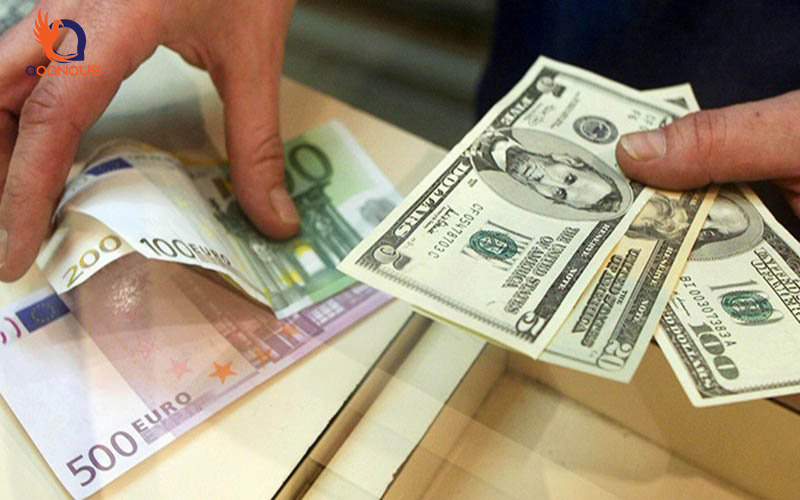

What is the difference between nominal currency and government currency?
Nima currency is offered to qualified applicants in a special system called Nima system to control currency fluctuations. The Nima currency was launched by merchants and commercial institutions for the purpose of importing and exporting goods, and its main difference with the state currency was in the range of goods allowed for import and export, but the state currency only belongs to a limited number of basic and essential goods. took Today, the state currency is no longer assigned to any goods, and only semi-currency is assigned to some goods.
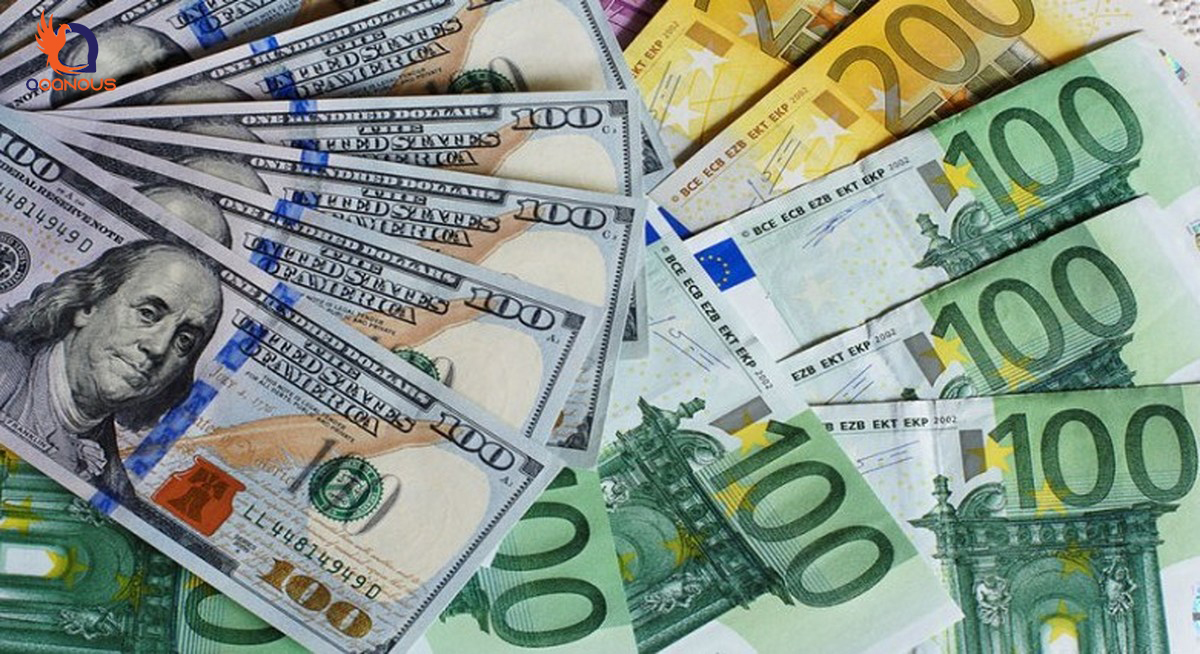

What is the foreign exchange obligation and clearing the foreign exchange obligation?
When an order is registered in the comprehensive trading system and a license to export goods is obtained, a commitment is made from the exporter that after exporting the product and receiving the payment, he must sell his currency in the Nima system. As mentioned, the Nimai exchange rate is determined based on supply and demand and is usually 2 to 3 thousand Tomans lower than the free exchange rate.
When we sell the currency from the export in the Nima system, in other words, the foreign exchange obligation has been removed.
last word
In this article, we examined free currencies, semi-currency, state currency and explained the uses of each. As mentioned, Nimai currency is allocated to specific goods. In order to receive it, we must first register an order and if it belongs to the item we want, we should refer to the Nima system and receive our currency from there. This process is a bit complicated and time-consuming, so all traders, merchants and importers can place the order of the goods and assign the currency to Qoqnous Trading to receive it for you in the shortest possible time and import and clear it in the next steps. clear customs
You can contact the experts and experts of Qoqnous business for supply and allocation of currency and consult us for free.
